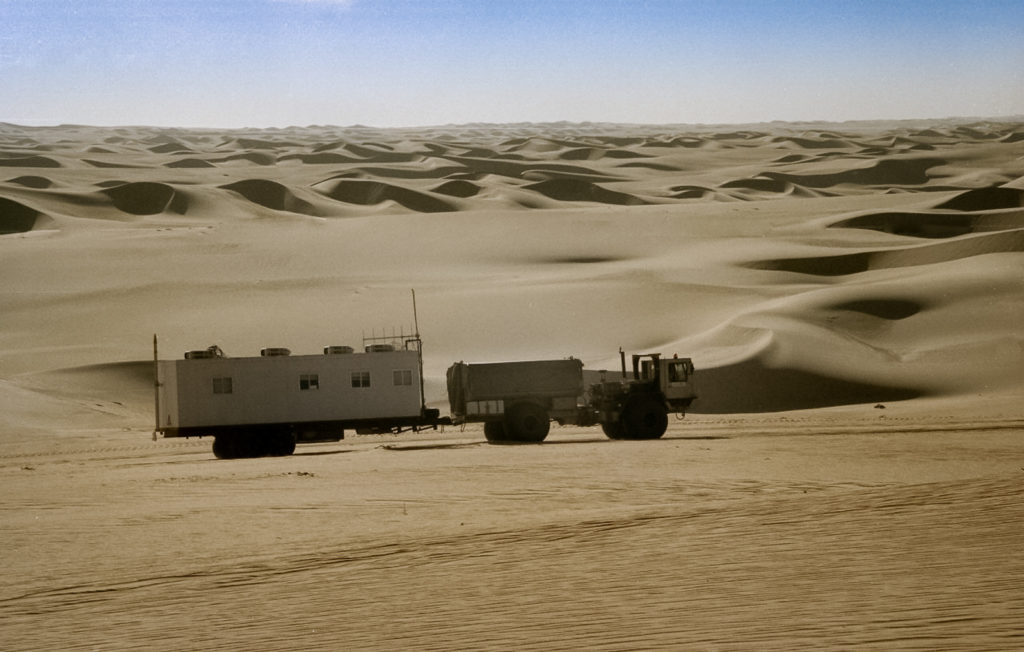There is an acacia tree in the front garden across the road from the Woodbastwick Road Junction in London’s SE26. I’ve seen it in full bloom in early March while I was walking London’s Capital Ring. Between Sydenham and Penge, it is adorned with bright yellow balls that appear light as feathers and grouped together into a conical habit. A tree that dresses to impress. A tree that’s worth seeing.
The day I saw it, it reminded me of the acacia in our back garden. An equally impressive tree that is generally purple. It sometimes shows greenish or yellowish or grey or brown. But as I said, it’s generally purple. We’ve recently shaped it into a topiarists ball. Once it was a wonderful place for two cats to hang out but they’ve moved on and now it’s great song perch for garden birds.

The first acacia I ever had a reason to deal with was in the Sahara. It was in the Agadem region of Niger, somewhere north of Lake Chard and on the path of the Paris Dakar Rally before insecurity forced the rally to safer climes.
I wasn’t in Niger to rally though I was a passenger in a 4×4 crossing the desert. It was September, around noon and at least 50°C. Ken, a surveyor and our designated driver got a bit lost. It was an overcast day so there was no shadow to confirm our compasses. In the era before reliable GPS, Ken took the Land Cruiser to the top of the biggest local dune so we could get a view of our surroundings and perhaps return to VHF radio coverage.
Alas, the top turned out to be like the caldera of a volcano and we ended up in the centre of a wind scalloped crater. This is where dead acacias were hiding in wait beneath a powder of fine sand. The acacias were adorned with thorns that were really spikes. The spikes were the length of my thumb. I learned that baking really does harden things; these spines were ceramic hard. And these fossilised ceramic nails punctured all four tyres. Acacias are dangerous in death. And in this region, there were none visible let alone alive.
I often think about how lucky we were when I look at our spineless, purple acacia in temperate Dublin. Back in the desert, we were still out of radio contact because our roof mounted VHF antenna was below the rim of the caldera. The antenna was topped with an orangey-pink pennant, a burgee to indicate our presence to other vehicles we might encounter among hollows and berms. We could see that it was far below the rim which told us there was only one way out. We would have to drive because there was no other way to summon help.
The safety features of a desert equipped 4X4 also included two sand shovels, four sand mats of ribbed rubber and a dozen litres of water. That was three litres each. We also had two spare wheels. We couldn’t afford four punctures. But that was a problem to address once we beyond the caldera. The immediate problem was that we were stuck.
Desert survival skills include knowing when to deflate tyres to increase traction on soft sand or steep slopes. Already deflated, we knew we would have great traction if only we could get some momentum. The wind blown caldera sand was so fine that it formed a fog each time we put power to the wheels which were simply digging us in ever deeper.
We dug with the shovels and got the sand mats in place and once the power went to the wheels, the sand mats shot out about five metres. We dug with the sand shovels, using trial and error to eventually get traction on the sand mats. And a bit of momentum got the 4X4 moving but not enough to clear the lip of the caldera. We dug with the sand shovels, had learned how to get traction on the sand mats and we put clothes and other material in front of the wheels to extend the launch pad. We drank all of the water. And this was in less than an hour. It was 50°C in the shade. 50°C was also the maximum range of my thermometer. But we had no shade. Finally Ken got the 4X4 to the lip and out of the caldera. On reflection, it was more cauldron than caldera.
We lost a shovel and other things in the deep powder. We were ecstatic to be out and by coincidence, we were able to use the VHF. We learned that a search and rescue was already underway because we had not called in for over two hours.
We debated which wheels to replace but in the end decided none. We were too exhausted. Our radio contact couldn’t know exactly where we were but suggested there was a path we could intersect. This was the same path we had been looking for when we got into trouble. And we did intersect it at very low speed on four flat tyres on the soft desert sand.
And shortly afterwards, a couple of colleagues encountered us. We rehydrated while they helped change to four new wheels. And a few hours later we were back in camp facing a heat exhausted three days in recovery.
Survival is one of the things I recall when I look at acacias.

Leave a Reply